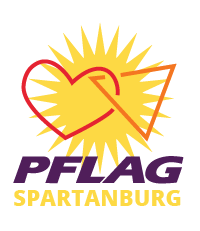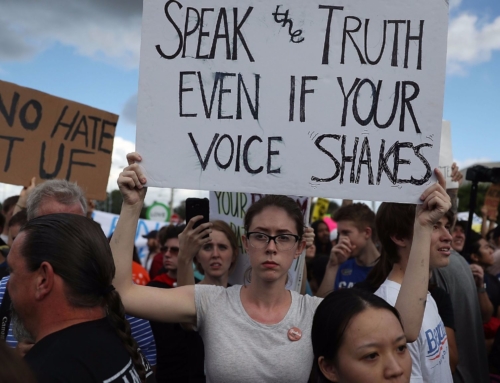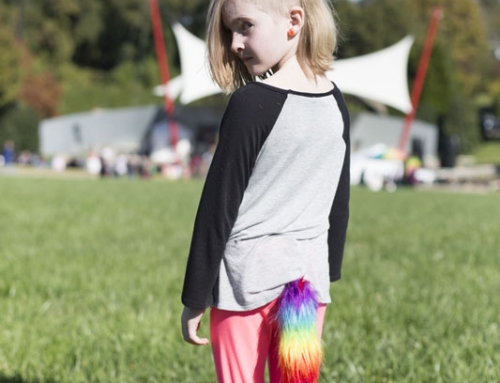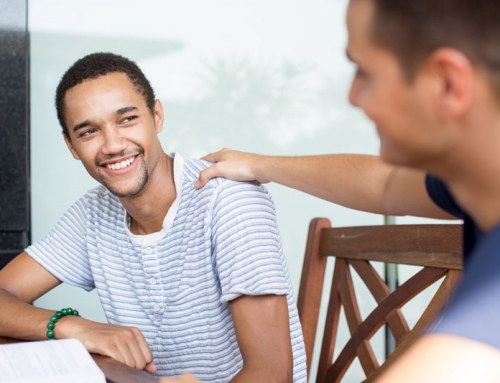Photo from Broadly’s super awesome new Gender Spectrum Collection of stock photos.
“The Gender Spectrum Collection is a stock photo library featuring images of trans and non-binary models that go beyond the clichés. This collection aims to help media better represent members of these communities as people not necessarily defined by their gender identities—people with careers, relationships, talents, passions, and home lives.”
Becoming a transgender ally is about more than just wanting to be an ally.
Today is Transgender Day of Visibility and I wanted to talk a little bit about how we can be better trans allies. Being an ally can mean lots of different things. Mostly, I think, being an ally is about being a safe person who is committed to learning and listening to their trans loved ones.
Through listening, we learn and gain an understanding of their experiences. This can help us empower them and give them the confidence to take up more space and contribute to our community. Knowing that you have someone to back you up, should you need it, can make a difference in the life of someone who has no one else.
Since being an ally starts with education, let’s start by talking about some common terms related to trans people and their experience. I took lots of this info from PFLAG’s Guide to being a trans ally.
Transgender
First, let’s define what transgender really is. Transgender is a term often used to describe an individual whose gender identity does not match their assigned sex.
Trans women are assigned male at birth, but identify as female. Trans men are assigned female at birth, yet identify as female.
Sex
Sex refers to the biological or physical characteristics of a body. These include, among other things, genitalia, which we often use to assign sex at birth.
Gender
Gender refers to social, psychological and emotional traits that we use to classify an individual as either feminine or masculine.
Gender Identity
This term is used to describe a person’s internal sense of being male or female. They can even identify as both or neither.
Gender Expression
An individual’s gender expression refers to the way a person communicates their gender identity. This can include the clothes they wear, their mannerisms, speech patterns and social interactions that are traditionally used to define masculinity and femininity.
Transitioning
Transitioning is not the same for every trans person. There are two main aspects of transitioning for most trans people:
Social and legal transition:
Changing their name, pronouns and outward appearance. This may also include legal changes such as name and gender marker changes on documents like birth certificates and driver’s license.
Medical transition:
The introduction of hormones is most commonly where trans people begin their medical transition. Some people will also seek out surgical procedures that will align their physical body with their gender identity.
Our daughter [who was assigned male at birth] was only three years old when she informed us he is a she. We showed up at a family’s home who wouldn’t allow her to come in unless she was dressed like a boy. When I saw the utter destruction of her soul that day, I made the decision then and there, that I will always advocate for her right to express how she feels.
—Carmel
The basics of being a trans ally
This all begins in one place. People should all have the right to define their own gender. As allies, we should be the ones to accept and respect that identification.
Part of being a trans ally is education. If you don’t understand something, you should do everything you can to learn more about it. Transgender people are no different. There are a number of online resources and reports that you can use to better understand most aspects of the trans experience. I say most because the best way to understand transgender experiences is to listen.
Here are some advocacy resources for trans allies:
National Center for Transgender Equality: transequality.org
Sylvia Rivera Law Project: srlp.org
Transgender Law Center: transgenderlawcenter.org
Transgender Law and Policy Institute: transgenderlaw.org
You can find more suggestions at the Straight for Equality website and South Carolina support groups and resources for trans people at South Carolina Pride.
Why are trans allies important?
I am a male-to-female trans person, and the congregation of my home church is comprised of a great many trans allies in the clergy and laity. When my marriage was falling apart and I was feeling unworthy of love, my congregation lifted me up and supported me as my transition progressed.
—Connie
For me, becoming an ally was less of a choice and more of a requirement. My brother (who wrote this great story and made me ugly cry) came out around 2011 as trans. As he was growing up we thought maybe he would be a lesbian. We drew lots of conclusions based on his gender expression and our prior ideas of what gender meant. Looking back, we were always accepting, but not always a hundred percent supportive. I mean, I made him wear a dress to my wedding. Ugh. Granted, he wasn’t out yet, but still. It’s just one of those things I look back on as an ally and sister and it makes me feel a little icky.
My point is that we can all be better allies and it’s not enough to just want to be an ally. It takes some research and energy. You will step outside your comfort zone and you’ll have to be okay with that. Mostly, though, it takes love and acceptance and a genuine desire to help our trans loves.
I love you Sean.
Download PFLAG’s Guide to being a trans ally









Leave A Comment